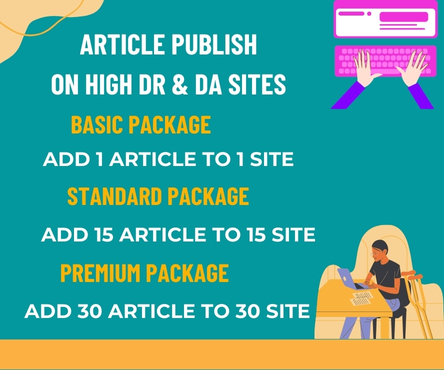In today’s fast-paced financial world, market volatility is a constant challenge for investors and businesses alike. Sudden price swings, unpredictable economic shifts, and global events can create a turbulent environment where making informed decisions is more crucial than ever. In this context, stock market research tools have emerged as indispensable assets, helping market participants navigate uncertainty with greater confidence and precision. Meet here
Market volatility refers to the frequency and magnitude of price fluctuations in financial markets. While some level of volatility is normal, excessive swings can increase risk and complicate investment strategies. Understanding and managing this volatility requires timely access to accurate data and insights — exactly what modern research tools provide.
Research tools encompass a broad range of technologies and platforms designed to collect, analyze, and interpret market data. These include advanced analytics software, financial news aggregators, sentiment analysis programs, and algorithmic trading platforms. Together, they equip traders, analysts, and business leaders with a deeper understanding of market trends and potential risks.
One of the primary benefits of research tools is their ability to process vast amounts of data in real time. Markets generate enormous volumes of information every second — from stock prices and trading volumes to economic reports and geopolitical developments. Manually tracking and making sense of this flood of data is impossible. Research tools automate this process, highlighting relevant patterns, anomalies, and correlations that might otherwise go unnoticed.
For example, sentiment analysis tools scan news articles, social media posts, and analyst reports to gauge the market’s mood. Positive or negative sentiment can significantly influence price movements, especially in volatile times. By incorporating sentiment indicators, investors gain a more nuanced view beyond traditional financial metrics, enabling more informed decisions.
Additionally, predictive analytics and machine learning algorithms can forecast potential market behaviors based on historical data and current trends. While no tool can guarantee accuracy, these predictive models help users anticipate volatility spikes and adjust their strategies proactively, rather than reacting after the fact.
Another critical role of research tools lies in risk management. Volatile markets increase the likelihood of losses, but with sophisticated risk assessment features, investors can set limits, diversify portfolios, and hedge positions effectively. Real-time alerts and dashboards keep users updated on critical changes, allowing swift action to minimize negative impacts.
Moreover, research tools democratize access to market intelligence. Historically, only large institutional investors had the resources to perform comprehensive market analysis. Today, user-friendly platforms enable retail investors and small businesses to harness similar capabilities, leveling the playing field and promoting smarter investment decisions.
Businesses also rely on research tools to adapt to market volatility. For companies involved in commodities, supply chain management, or export-import, price fluctuations can affect costs and revenues significantly. Monitoring market indicators through research platforms helps businesses optimize procurement, pricing strategies, and inventory management to mitigate volatility risks.
In conclusion, navigating market volatility requires more than intuition — it demands data-driven insights and agile decision-making. Research tools play a pivotal role in this process by delivering real-time data analysis, sentiment evaluation, predictive forecasts, and risk management capabilities. As markets continue to evolve and face new uncertainties, leveraging these tools will remain essential for investors and businesses striving to succeed amid volatility. Embracing technology-driven research empowers users to transform market challenges into strategic opportunities.

